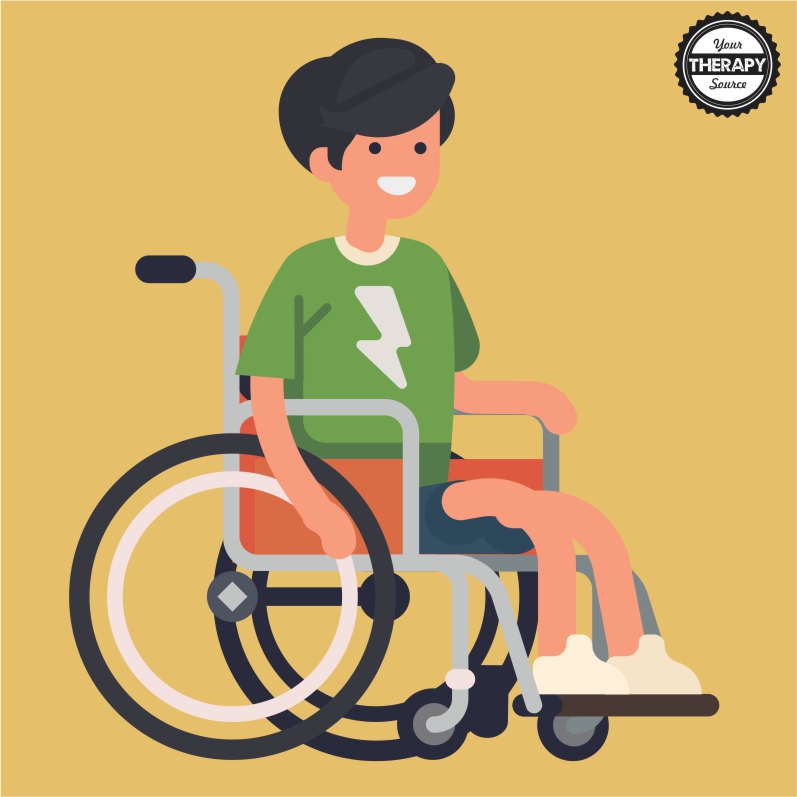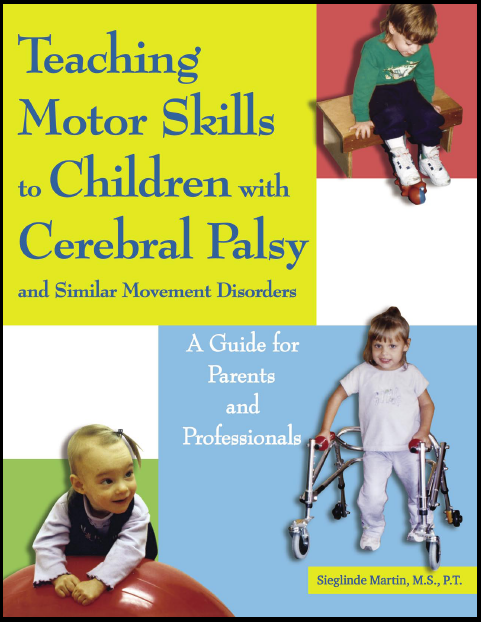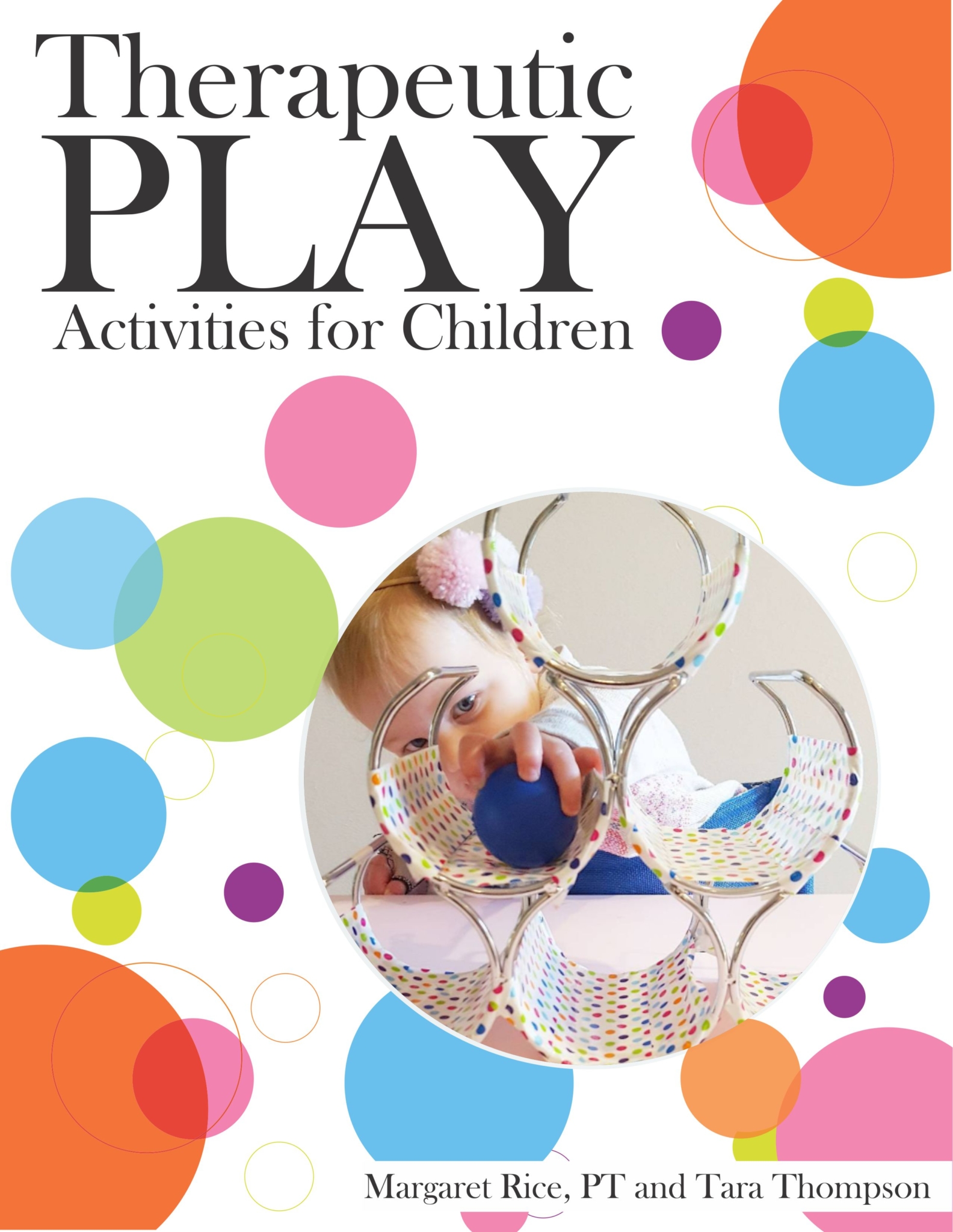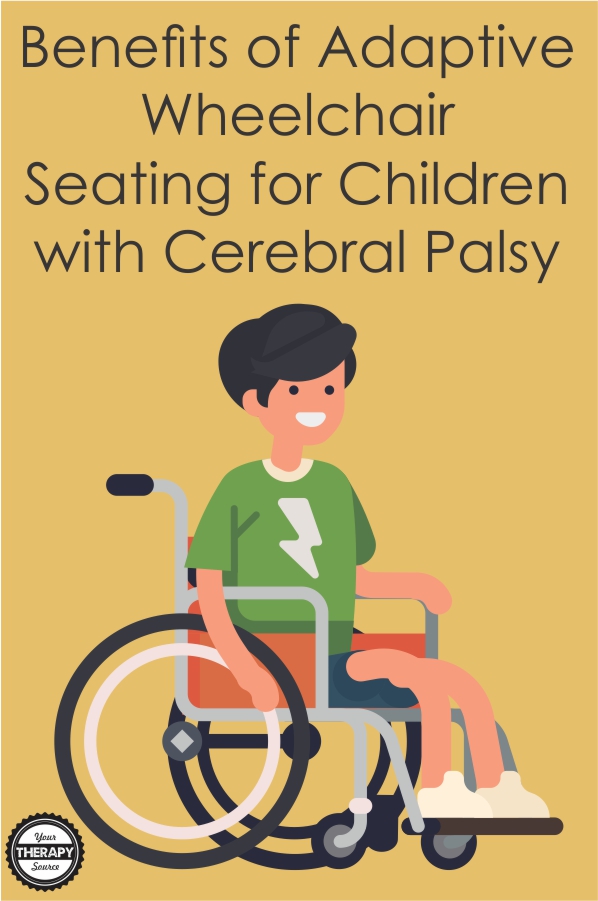Cerebral Palsy: Wheelchair Positioning and Effects

Often, pediatric Occupational or Physical Therapists work with children who have cerebral palsy and adaptive seating. A recent study on children with cerebral palsy, wheelchair positioning and the short term effects was published. The researchers evaluated the multidimensional effects of adaptive seating interventions for young children with non-ambulatory cerebral palsy.
Methodology of the Study
The participants included 20 children (average age 4.5 years) with non-ambulatory cerebral palsy (Level IV or V). A trained evaluator assessed the children for their trunk control ability in static, active, and reactive tasks using the Segmental Assessment of Trunk Control. In addition, their primary caregivers were also interviewed about their child’s activity and participation in daily activity and social/cognitive domains. The Family Impact of Assistive Technology Scale for Adaptive Seating in child and family functioning domains was also completed.
Data was collected at 3 different times: at baseline, 6 weeks, and 3 months after children received their first adaptive seating system.

Teaching Motor Skills to Children with Cerebral Palsy and Similar Movement Disorders – A Guide for Parents and Professionals
Results of the Study on Cerebral Palsy, Wheelchair Positioning and Short Term Effects
Following data collection and analysis the researchers indicated:
- static and active trunk control scores between baseline and 6 weeks, and baseline and 3 months significantly improved.
- daily activity scaled scores significantly improved between baseline and 3 months, and 6 weeks and 3 months.
- significant, large gains in child and family functioning overall were detected between baseline and 6 weeks, and baseline and 3 months.
The researchers concluded that following the introduction of an adaptive seating system for children with non-ambulatory cerebral palsy Levels IV and V, there were multidimensional, short-term effects in body function, activities, participation and aspects of the child’s environment.
Reference: Inthachom, R., Prasertsukdee, S., Ryan, S. E., Kaewkungwal, J., & Limpaninlachat, S. (2020). Evaluation of the multidimensional effects of adaptive seating interventions for young children with non-ambulatory cerebral palsy. Disability and Rehabilitation: Assistive Technology, 1-9.

Therapeutic Play Activities for Children


